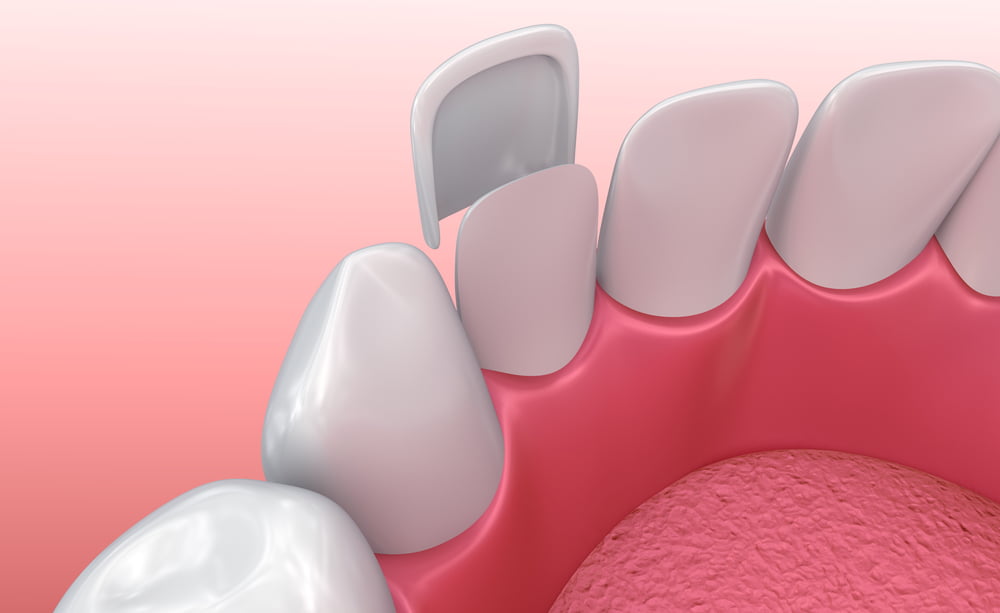Dental braces are one of the most common dental treatment and cosmetic procedures, primarily aimed at achieving healthy teeth by repositioning the jaws to their correct alignment, resulting in a beautiful smile and good dental health.
Causes of Misalignment in Teeth
Dental braces aim to achieve beautifully aligned teeth, and there are several reasons for teeth misalignment, including:
- Thumb Sucking in Children:
This habit can lead to problems with the alignment of the front teeth in the upper jaw. - Genetic Factors.
- Emergence of Wisdom Teeth:
When wisdom teeth start to emerge, they can sometimes push against neighboring teeth to find enough space to grow, leading to misalignment.
Before starting dental braces treatment, any other dental issues, such as cavities and gum diseases, should be addressed.
Benefits of Dental Braces
The benefits of dental braces range from aesthetic improvements to health advantages:
- Dental braces ensure that teeth are uniformly arranged in two neat rows and that the jaws close properly, providing a beautiful smile that boosts self-confidence.
- Cleaning teeth can be challenging if they are not in their natural position or if there is a jaw alignment issue, which can lead to bacteria accumulation between teeth, posing risks to dental and gum health. Dental braces help adjust tooth positions, making cleaning easier and reducing bacterial growth.
- Dental braces help maintain the health of facial and jaw muscles, as certain abnormal tooth positions can place pressure on the facial muscles, especially the chewing muscles.
Drawbacks of Dental Braces
Despite the numerous benefits, dental braces also have some disadvantages:
- Initially, patients may experience some discomfort due to the adjustment to wearing dental braces and may have some pain; some dentists may prescribe pain relievers to mitigate this discomfort.
- The wires of dental braces can irritate the soft tissues inside the mouth due to friction, leading to sores and bacteria growth. In such cases, orthodontic wax can be used to alleviate pain from this friction.
- Wearing dental braces can lead to enamel erosion, making teeth appear whiter and weaker, and may result in tooth decay.
- When dental braces are installed, teeth can shift, causing pressure on them, which may have long-term effects.
How to Minimize the Risks of Dental Braces
One of the most common questions patients ask before getting dental braces is, “Is getting dental braces painful?” The answer is that dental braces are a worthwhile procedure, and preventing their drawbacks requires very simple measures:
- Maintain dental hygiene by brushing after meals and using antibacterial mouthwash.
- Regularly schedule teeth cleaning sessions, as dental braces may make it difficult to reach certain areas during regular cleaning.
- Avoid foods that can get trapped between teeth and gums.
- Steer clear of sugary drinks, like sodas, which can affect the outer layers of teeth.
- Limit sugar intake to prevent bacterial growth.
- Schedule regular dental visits to ensure the dental braces are functioning well and address any issues that may arise.
Are There Different Types of Dental Braces?
There are various types of dental braces, but the most common are:
- Traditional fixed dental braces (metal braces).
- Clear dental braces.
Duration of Dental Braces Treatment
One of the most frequently asked questions by patients before getting dental braces is, “How long will I need to wear them?” However, there is no definitive answer, as the duration varies from person to person based on several factors related to their condition, which can affect the desired outcome of the treatment.
The main factors affecting the duration of dental braces treatment include:
- The Specific Complaint Being Treated:
The worse the dental condition and patient complaint, the longer the treatment will likely take to achieve the desired result. - Patient’s Age:
Dental braces typically work faster in younger individuals and children, while older patients may require longer treatment periods. - The Health of the Teeth and Gums.
- Patient Compliance with the Dentist’s Instructions:
Therefore, for a specific answer regarding the duration, it’s best to consult your treating dentist.
Are There Post-Dental Braces Procedures?
After achieving the desired results from dental braces and obtaining a well-aligned smile, it is crucial not to overlook a follow-up procedure to maintain the results.
A device known as a “retainer” is installed over the teeth to secure their position and the results obtained from dental braces treatment. In some cases, retainers may need to be worn for a lifetime.
There are several types of retainers, from which the dentist will choose the most suitable for the patient’s dental condition.
Regular dental visits during the dental braces treatment period are essential to ensure the health of the teeth. Although dental braces are a therapeutic procedure, they can impact dental health by causing, for example, scratches from the wires. To ensure good results, it’s important not to neglect your dentist appointments.
FAQ
Can orthodontic treatment correct jaw problems in addition to aligning teeth?
Yes in some cases, For the correction of issues with jaw alignment, orthodontics provides practical options which enhance both appearance and function.
How long does orthodontic treatment typically take?
Plan of treatment is unique to each patient, and depending on the issues that need to be corrected, most people wear braces from one to three years. An extended period of time is then spent wearing a retainer to keep teeth in their new places.
Can individuals who have undergone orthodontic treatment require additional treatments in the future?
If you don’t follow your dental treatment plan’s instructions, your outcomes may change, become temporary, or even worse you may not experience any results at all. Any one of these results might eventually result in the need to get additional orthodontic treatment.




